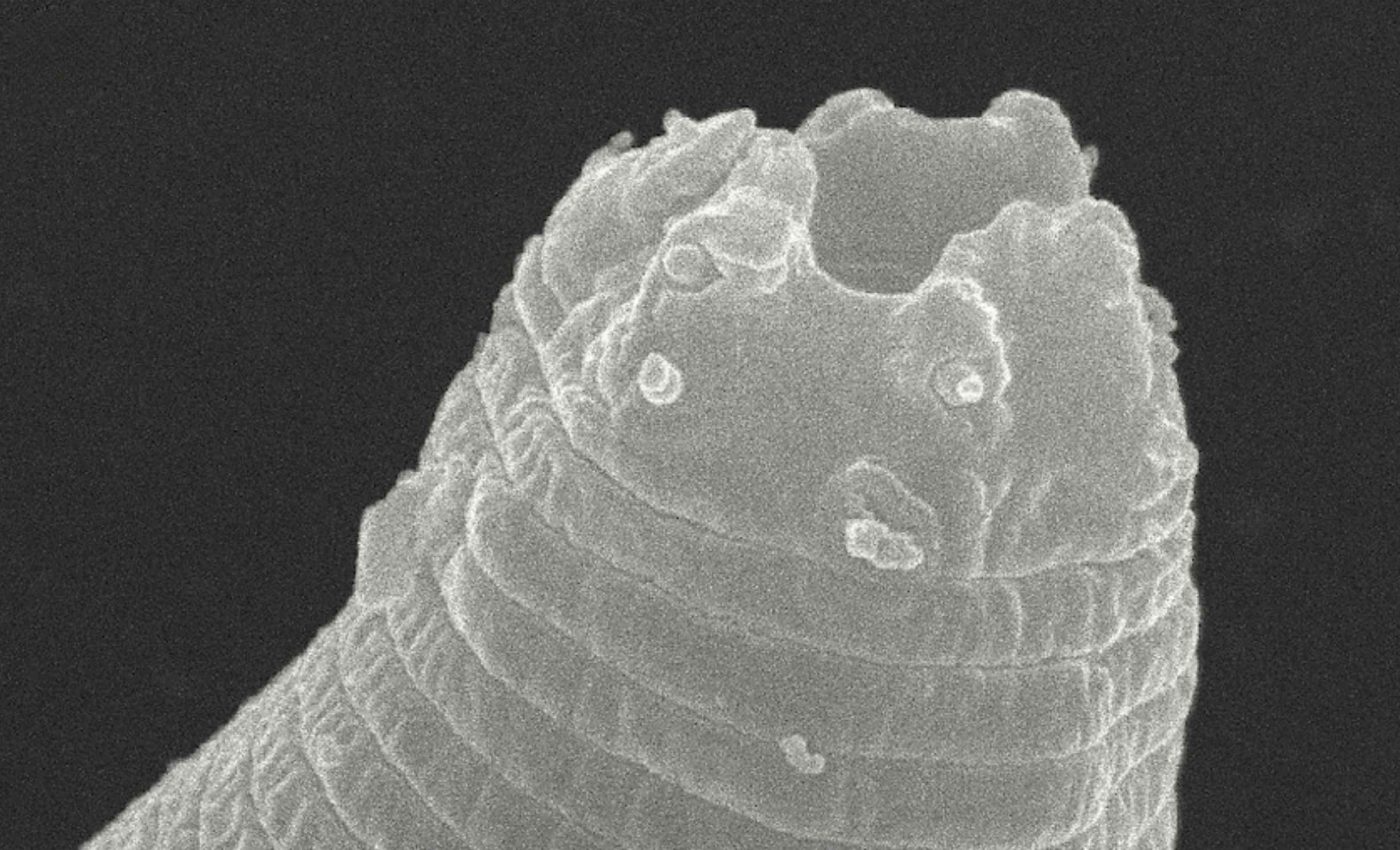
Frozen worm comes back to life after 46,000 years
It seems unthinkable that anything could live after tens of thousands of years in hibernation. The discovery of a tiny creature in the Siberian permafrost has sparked conversations about how resilient life can be.
In a recent breakthrough, researchers determined that a worm which had been frozen for about 46,000 years had survived and remained alive.
Dr. Philipp Schiffer, a group leader in the Institute of Zoology at the University of Cologne, and his colleagues, have been studying how this creature managed to survive well beyond its usual lifespan.
Extreme environment in Siberian permafrost
Siberia has vast stretches of permafrost, which is soil or sediment that remains frozen for at least two consecutive years.
The frozen ground can extend hundreds of feet below the surface in certain regions, with the cold temperatures preserving anything trapped within its layers.
Conditions in these areas can be challenging for people, but the permafrost forms perfect vaults for preserving animal remains. Thick ice and frigid temperatures keep organic material fresh enough to study thousands of years later.
Putting life on pause
The resurrected worm belongs to a genus known for its ability to enter cryptobiosis, which is a biological strategy where life appears to stop under cold conditions.
No major metabolic activity occurs in this state, and organisms can endure severe environmental conditions that would normally be lethal.
Biologists have documented cryptobiosis in other creatures, such as tardigrades and certain brine shrimp. The animals halt their usual body functions until they can return to an environment that can support growth and reproduction.
Significance of the frozen worm
Experts identified the newly studied nematode as Panagrolaimus kolymaensis, a species not previously described in scientific literature.
Radiocarbon dating showed that the sample was tens of thousands of years old, indicating that this worm spent most of its existence in suspended animation under frozen sediment.
It was retrieved at a depth of about 40 yards (37 meters). This position helped it stay protected in that intense cold, and gave it a chance to be resurrected in modern laboratories, where it resumed normal activity and even produced offspring.
Unique survival strategies
According to the researchers, nematodes of this variety usually live for only one or two months. The worm that reawakened in the lab outlived that window by tapping into cryptobiotic powers that are still under investigation.
Special molecules may stabilize cells in these worms, keeping them intact despite extreme dryness or temperature shifts. Similar molecules have been found in other organisms that are known to survive dehydration and freezing.
“No one had thought that this process could last millennia, 40,000 years, or even longer. It is simply amazing that life can begin again after so long, in the state between life and death,” said Dr. Schiffer.
Genetics of the frozen worm
The experts used genome sequencing to confirm that this worm was something different. Its lineage seems to share parts of the genetic toolkit for cryptobiosis with Caenorhabditis elegans, a nematode species that is commonly used in lab research.
Similar stasis has been observed in tardigrades, often called water bears. A 2017 NASA study noted their capacity to withstand harsh space conditions, suggesting these tiny beings have defense systems against extreme radiation and severe temperature swings.
Certain seeds can also remain viable for years in cold storage and then germinate when conditions improve. Yet the nematode’s frozen stretch lasted far longer than the typical lifetime for most preserved biological samples.
Cryptobiosis in extreme environments
Scientists who focus on deserts, polar regions, and even other planets may look for parallels in cryptobiotic organisms. Environments like the Atacama Desert, known for its dryness, already harbor small life forms that have evolved impressive strategies to handle scarce moisture.
Conditions on Mars and icy moons around Saturn are less welcoming. However, knowledge of how simple creatures cheat time might lead to ideas about extraterrestrial survival or more efficient preservation methods for samples on Earth.
Cryptobiosis involves shutting down vital processes without losing structural integrity. Genetic pathways that enable such suspension might have applications in food preservation or even organ transplants.
If scientists isolate the genes that protect cells against freezing, future technologies could incorporate them into strategies for stabilizing delicate tissues. Biomedical researchers are always searching for ways to minimize damage from cold storage or dehydration.
The legacy of the frozen worm
The original specimen has died, but its offspring remain alive in controlled conditions. This provides more opportunities for tests on how these nematodes handle rehydration, changes in temperature, and prolonged hibernation.
Genetic comparisons with other species may shed light on whether these traits developed once in nematode history or evolved in multiple lineages separately. Either way, the results challenge the idea that living things cannot pause for millennia.
Experts see the next research steps involving experiments that identify proteins or sugars that replace water in the worm’s cells during dormancy. They could also investigate new forms of cryptobiosis in other deep-freeze environments, such as Antarctic glaciers.
Evolutionary biologists might expand research into older permafrost samples. If more ancient specimens are discovered, scientists may gain a better understanding of how life on Earth endures in these harsh and extreme conditions.
The study is published in PLOS Genetics.
Image Credit: Shatilovich et al, 2023, PLOS Genetics
—–
Like what you read? Subscribe to our newsletter for engaging articles, exclusive content, and the latest updates.
Check us out on EarthSnap, a free app brought to you by Eric Ralls and Earth.com.
—–













